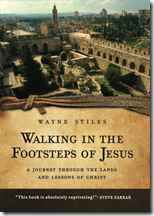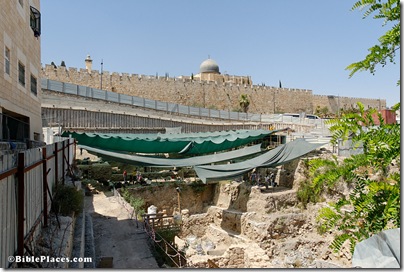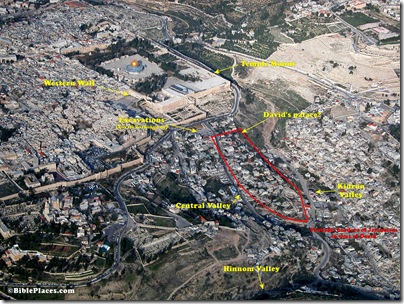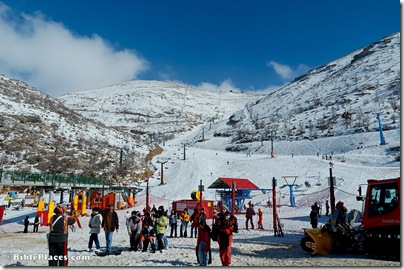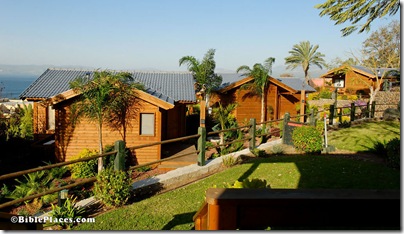The Israel Ministry of Foreign Affairs has a press release today describing the discovery of part of the southern wall of Jerusalem during the time of Christ. Built by the Hasmoneans sometime after 150 B.C., Josephus dubbed it the “First Wall,” in distinction to Herod’s (?) “Second Wall” and Herod Agrippa’s “Third Wall.” The “First Wall” encompassed the city on all four sides (unlike the later two), and had sixty towers. Archaeologists recently discovered one of those towers preserved to a height of 10 feet (3 m). The wall was in use until the destruction of Jerusalem in A.D. 70.
Some more details:
- The wall was discovered on “Mount Zion,” the modern name for Jerusalem’s Western Hill.
- The results were revealed in a press conference on Mount Zion today.
- The area had been excavated 100 years ago by Frederick Jones Bliss and Archibald Dickie, once described in the Jerusalem Post as “archeologist Blis Vediki.” No kidding! (In Hebrew, “ve” means “and.”)
- Archaeologist Yehiel Zelinger lectured on his discoveries about 6 weeks ago at the Bible Lands Museum in Jerusalem.
- Portions of this wall have previously been excavated in Area G, the Citadel complex, south of the Citadel underneath the Turkish wall, and near the Broad Wall next to the “Israelite Tower” (unfortunately closed to the public now for years).
- The chief contribution of this discovery will not be in revealing where the wall was (we already knew that), but in giving us more details about that wall, by means of careful stratigraphic excavation. Bliss and Dickie excavated by digging underground tunnels, hardly the method for understanding the history of a structure.
- The archaeologist is impressed: “This is one of the most beautiful and complete sections of construction in the Hasmonean building style to be found in Jerusalem.”
- Apparently the remains will be preserved in the Jerusalem City Wall National Park.
- Remains were also unearthed of the Byzantine period wall constructed by Empress Eudocia.
The story is also carried by the Jerusalem Post, Haaretz, and BBC (with two great photos).
UPDATE: The Israel Antiquities Authority has made five photos available for download. The aerial photo reveals that the excavation is on the west side of the Catholic cemetery on the south side of Mount Zion. The most famous inhabitant of the cemetery is Oskar Schindler. His tomb is visible on the lower right of the photo.
